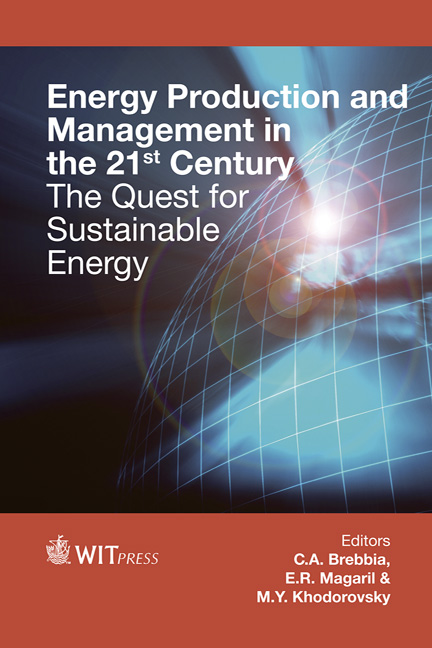Energy Rating For Green Buildings In Europe
Price
Free (open access)
Transaction
Volume
190
Pages
13
Page Range
381 - 393
Published
2014
Size
357 kb
Paper DOI
10.2495/EQ140371
Copyright
WIT Press
Author(s)
M. Carpio, A. García-Maraver, D. P. Ruiz, A. Martínez & M. Zamorano
Abstract
The building sector is one of the main bodies responsible for primary energy consumption in Europe. Consequently, energy certification of buildings is being promoted under the policy to monitor and reduce energy consumption. By means of the European Directive 2002/91/EC on the Energy Performance of Buildings (EPBD), and the recast in the Directive 2010/31/EU, the legislative framework for all members of the European Union has been created and certification has become compulsory in all Member States. The primary aim of this energy framework is saving final energy and in consequence any related parameter such as primary energy, CO2 emissions or energy costs, without compromising comfort or productivity. Green building rating systems are developed to provide independent assessment standards that evaluate in a few categories about the performance and sustainability of buildings. However, and despite being based on the same legislative framework, the energy performance of buildings is calculated in different basis of methodology depending on the European country or region, and thus the same category might weigh differently in each of the rating systems. Therefore, this paper aims to compile and compare the existing energy rating systems in European countries in order to better ascertain the uniformity of energy performance evaluation. Keywords: energy rating, buildings, European framework, CO2 emissions.
Keywords
energy rating, buildings, European framework, CO2 emissions.





